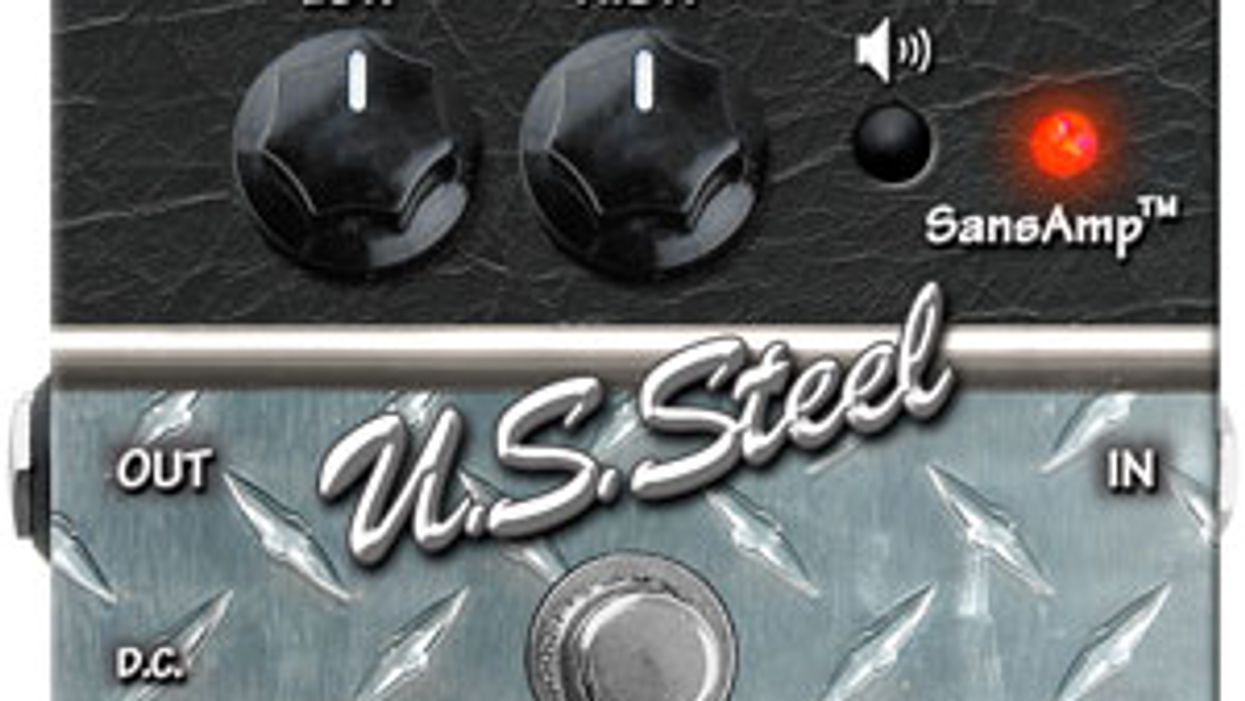Search
Latest Stories
Start your day right!
Get latest updates and insights delivered to your inbox.
pioneer-amp-pedal-device-purchase-sansamp-love-great-track-etch-best-memories-apply-technology-character-test-steel-straight-plug-brought-back-collect
Don’t Miss Out
Get the latest updates and insights delivered to your inbox.
Recent
load more

